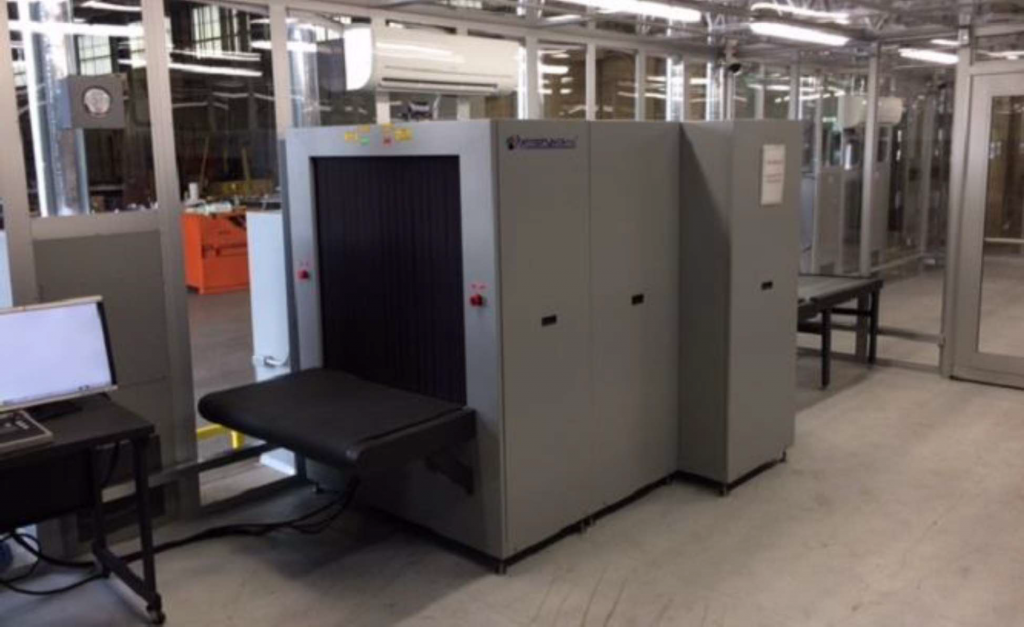Remote Synthetic Opioid Detection
HDIAC SUCCESS STORY

Customer
Department of Homeland Security, Science and Technology Division (DHS S&T)
Challenge
Federal, State, and local law enforcement agencies continue to combat the growing threat of illicit opioid trade and abuse, including fentanyl. DHS S&T requires novel technologies and methodologies for detecting the presence of fentanyl which poses a substantial risk to law enforcement, medical first responders, and DoD personnel. DHS S&T must be able to ascertain the presence of fentanyl (and other synthetic opioids) in packages in transit and entering the U.S. at major ports of entry. To meet this objective, DHS S&T requested information regarding near-real-time, high-throughput sensors with a high enough resolution to detect trace chemicals from a remote standoff distance.
Approach
In collaboration with Homeland Defense and Security Communities of Interest (COI) and Subject Matter Experts (SMEs), HDIAC analyzed solutions capable of detecting trace amounts of hazardous, illicit chemical compounds. HDIAC developed appropriate criteria for viable technologies, analyzed data and potential solutions based on imaging resolution, rate, and accuracy. This analysis identified optimal detection technologies suitable for DHS S&T's operational need, including hyper-spectral imaging technologies created under the Intelligence Advanced Research Projects Activity Standoff ILluminator for Measuring Absorbance and Reflectance Infrared Light Signatures (SILMARILS) program. These high-resolution sensors eliminate the need for detection inside packaging, as they can detect trace-amounts of illicit compounds-- enabling DHS to ascertain the presence of contraband in packages. HDIAC highlighted these technologies in a report discussing their optimal use in ports of entry for trace illicit compound detection.
Value
The technologies identified asa result of HDIAC's analysis represent a promising solution to DHS S&T's needs, as some are capable of trace chemical detection at the nanoram range. Furthermore, HDIAC's COI/SME collaboration enhanced DHS S&T's operational capabilities by prioritizing technological approaches and providing substantial resources that will assist in developing novel solutions for identifying illicit compounds at U.S. ports of entry. HDIAC's research further enhances force protection and safety and supports the national focus on ending the opioid crisis. To this end, DHS S&T highlighted the value in further collaboration between organizations.
The Homeland Defense Information Analysis Center (HDIAC) is operated by Information International Associates (IIA) under contract FA8075-13-D-0001.Distribution Statement A: Approved for public release; distribution unlimited..

